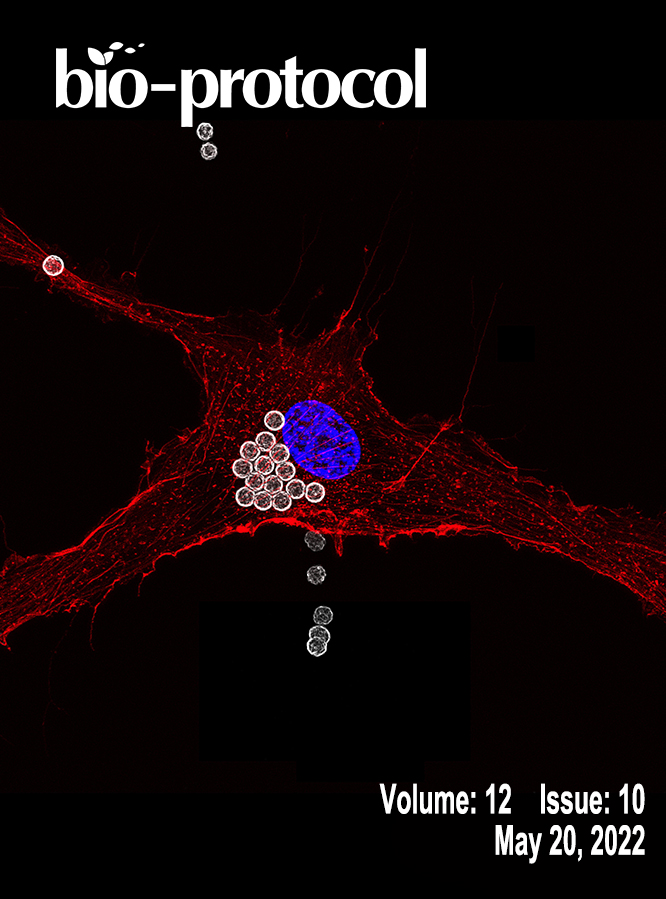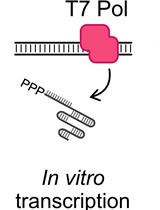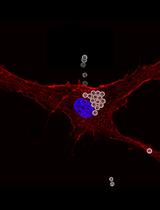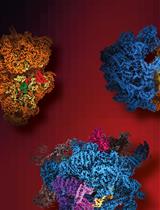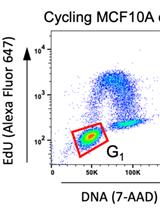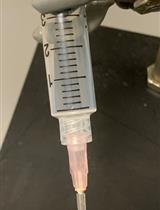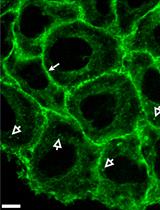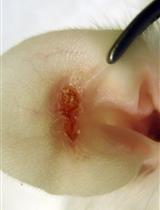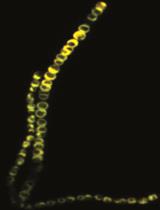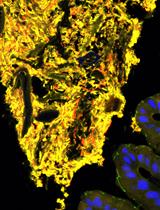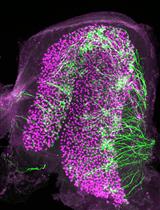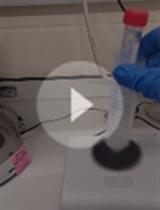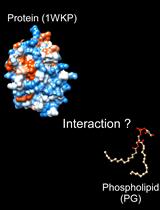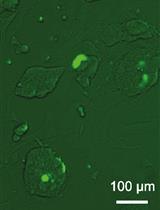往期刊物2022
卷册: 12, 期号: 10
生物工程
Preparation of Cas9 Ribonucleoproteins for Genome Editing
用于基因组编辑的 Cas9 核糖核蛋白的制备
Immunomagnetic Isolation and Enrichment of Microvascular Endothelial Cells from Human Adipose Tissue
人体脂肪组织微血管内皮细胞的免疫磁分离和富集
生物物理学
Purification of Mitochondrial Ribosomal Complexes from Trypanosoma cruzi and Leishmania tarentolae for Cryo-EM Analysis
克氏锥虫和塔氏利什曼原虫线粒体核糖体复合物的纯化及低温电子显微镜分析
癌症生物学
A Flow Cytometry-Based Method for Analyzing DNA End Resection in G0- and G1-Phase Mammalian Cells
一种基于流式细胞术的分析 G0和G1期哺乳动物细胞中 DNA 末端切除的方法
A Highly Sensitive Method to Efficiently Profile the Histone Modifications of FFPE Samples
一种高效分析 FFPE 样品组蛋白修饰的高灵敏度方法
细胞生物学
Protocol for Isolation of Cardiomyocyte from Adult Mouse and Rat
分离成年小鼠和大鼠的心肌细胞
CRISPR/Cas9 Gene Editing of HeLa Cells to Tag Proteins with mNeonGreen
mNeonGreen对 HeLa 细胞进行 CRISPR/Cas9 基因编辑以标记蛋白质
发育生物学
Preparation of a Single Cell Suspension from the Murine Iridocorneal Angle
从小鼠虹膜角膜角制备单细胞悬液
免疫学
Protocol to Induce Follicular T Helper Cells, Germinal Centers, and Skin Lesions in Mouse Models for Skin Blistering Diseases
在皮肤起泡疾病小鼠模型中诱导滤泡 T 辅助细胞、生发中心和皮肤损伤的方法
微生物学
Flow Cytometry-based Measurement of Reactive Oxygen Species in Cyanobacteria
基于流式细胞仪的蓝藻活性氧测量
Purification of the Bacterial Amyloid “Curli” from Salmonella enterica Serovar Typhimurium and Detection of Curli from Infected Host Tissues
从沙门氏菌鼠伤寒血清中纯化细菌淀粉样蛋白“Curli”并检测受感染宿主组织中的 Curli
神经科学
Vestibular Organ Dissection and Whole-Mount Immunolabeling in Mouse
小鼠前庭器官解剖和整体免疫标记
Identification and Monitoring of Nucleotide Repeat Expansions Using Southern Blotting in Drosophila Models of C9orf72 Motor Neuron Disease and Frontotemporal Dementia
应用Southern Blotting鉴定和监测C9orf72运动神经元疾病和额颞叶痴呆模型的核苷酸重复扩增
植物科学
In vitro Assays to Evaluate Specificity and Affinity in Protein-phospholipid Interactions
评估蛋白质-磷脂相互作用的特异性和亲和力的体外测定
干细胞
Optimized CRISPR-Cas9-based Strategy for Complex Gene Targeting in Murine Embryonic Stem Cells for Germline Transmission
用于生殖系传递的基于 CRISPR-Cas9 的小鼠胚胎干细胞中优化的复杂基因靶向策略


